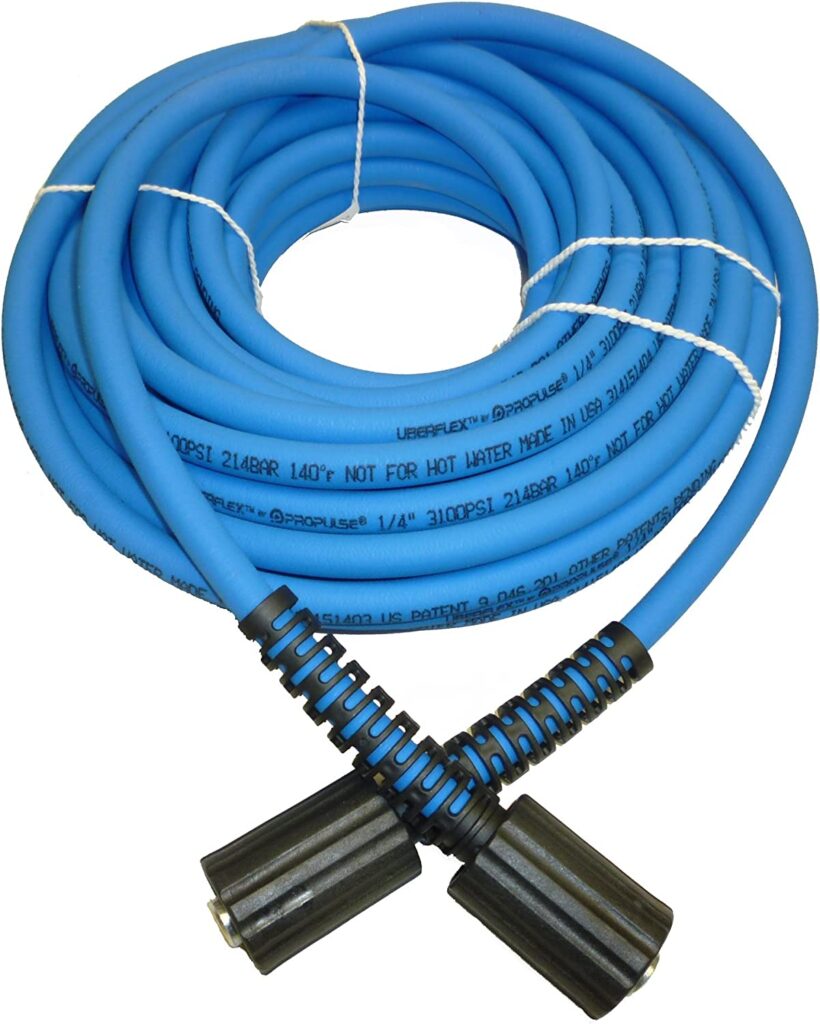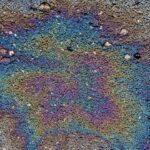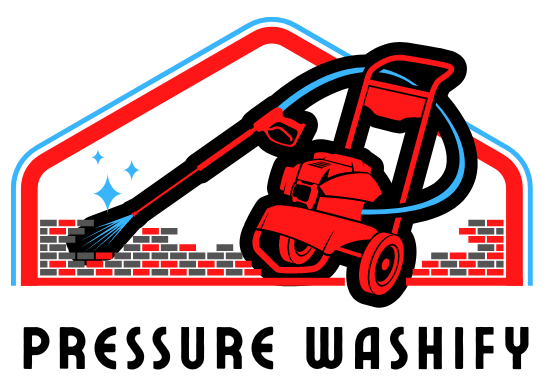Affiliate Disclaimer: This post may contain affiliate links, meaning we get a commission if you decide to make a purchase through our links, at no extra cost to you.
If you’re thinking about swapping your pressure washer hose with an air hose, you’re not alone. It might seem like a convenient solution, especially if you already have one on hand. But here’s the short answer: you shouldn’t do it.
Air hoses aren’t built to handle the high pressure or water flow required for pressure washing, which can lead to poor performance, equipment damage, and serious safety risks.
Air Hoses VS Pressure Washer Hoses

Air Hoses: Designed for Lower Pressure Applications
They are primarily used with air compressors, generating lower pressure levels than pressure washers.
The typical pressure range for air hoses is between 90 to 150 PSI. As a result, the materials used in air hoses are designed to handle this lower pressure range.
Common materials used in air hoses include:
- PVC (Polyvinyl Chloride): PVC is a popular choice for air hoses due to its flexibility, affordability, and resistance to abrasion. However, PVC may become stiff in colder temperatures and is not suitable for high-pressure applications.
- Rubber: Rubber air hoses are known for their flexibility, durability, and resistance to kinking. They can handle higher pressure levels than PVC hoses but are still not suitable for pressure washer applications.
- Hybrid: Hybrid air hoses combine the benefits of both PVC and rubber materials, offering flexibility, durability, and resistance to kinking. While they can handle slightly higher pressure levels than PVC hoses, they are still not designed for pressure washer use.
Pressure Washer Hoses: Built for High-Pressure Demands
Pressure washer hoses are designed to handle the high levels of pressure generated by pressure washers. Their Pressure levels can range from 1,300 to 3,000 PSI or higher for more powerful models.
Materials used in pressure washer hoses are able to handle high pressure. At the same time, they need to be flexible and durable.
Common materials used in pressure washer hoses include:
- Thermoplastic: Thermoplastic hoses are lightweight, flexible, and resistant to kinking, abrasion, and weathering. These hoses can handle high-pressure levels and are commonly used in residential pressure washers.
- Rubber: High-pressure rubber hoses are more heavy-duty and durable than their air hose counterparts. They offer excellent flexibility, and resistance to kinking, and can handle the high-pressure levels required for pressure washer applications.
- Wire-Braided: Wire-braided hoses feature a layer of steel wire braiding that offers additional reinforcement and durability. These hoses are highly resistant to abrasion, and kinking, and can handle extremely high-pressure levels, making them suitable for heavy-duty pressure washing tasks.
Why You Shouldn’t Use an Air Hose with a Pressure Washer
- Inefficient cleaning: Air hoses don’t deliver enough water flow or pressure, making cleaning slower and less effective.
- Wrong pressure range: Air hoses handle 90–150 PSI, while pressure washers need 1,300–3,000+ PSI. Big mismatch.
- Risk of hose burst: Using an air hose with high-pressure water can cause it to burst—posing serious safety risks.
- Equipment damage: The hose and reel can break under pressure, damaging gear and possibly injuring someone.
Alternatives to Using an Air Hose for a Pressure Washer
Proper Pressure Washer Hoses

Pressure washer hoses come in a range of lengths and diameters. This allows them to be used with different pressure washer models and cleaning tasks. The material used is strong enough to cope with high-pressure levels.
A proper pressure washer hose is essential. It ensures that your pressure washer runs at its optimal performance.
We recommend the UberFlex pressure washer hoses for optimal cleaning and long life. Read our review here.
Compatible Attachments and Accessories
To further enhance your pressure washing experience, consider investing in compatible attachments and accessories designed for your pressure washer.
Different nozzle types can be used for different cleaning tasks. Surface cleaners are great for cleaning large flat areas. Extension wands are useful for reaching high or hard-to-reach places.
Use a 6 in 1 changeover nozzle like the JoJet 6 in 1 nozzle for ultimate flexibility.
Final Thoughts
It is not recommended to use an air hose for a pressure washer. This is because they have different pressure requirements. Additionally, there are potential risks and reduced cleaning efficiency.
Frequently Asked Questions
Q: Can I use an air hose reel for my pressure washer?
A: Although it might be tempting to use an air hose reel for your pressure washer, it’s not recommended. Air hose reels are designed to handle the lower pressure of air compressors, while pressure washers require much higher pressure to function effectively. Using an air hose reel with a pressure washer could lead to damage to the hose or reel, as well as potential safety hazards.
Q: Can using an air hose with a pressure washer damage my equipment?
A: Yes, using an air hose with a pressure washer can potentially damage your equipment. Air hoses are not designed to handle the high pressure and flow rates of water that pressure washers require, which can cause leaks, ruptures, or other damage to your air hose and pressure washer. It’s best to use the proper equipment designed for pressure washing tasks.
Q: Are there any other risks associated with using an air hose reel for a pressure washer?
A: Yes, using an air hose reel for a pressure washer can pose risks to both your equipment and personal safety. The high pressure from the pressure washer can cause the air hose to burst or the reel to break, leading to potential injuries or damage to your property.
Q: Can I modify an air hose reel to work with a pressure washer?
A: While it might be possible to modify an air hose reel to handle the pressure from a pressure washer, it’s not recommended. The modification process could weaken the reel’s structure, and it still may not be able to handle the high pressure properly. It’s always better to invest in a hose reel specifically designed for pressure washers to ensure safety and reliability.
Q: Where can I find a suitable hose reel for my pressure washer?
A: You can find pressure washer hose reels at most home improvement stores, as well as online retailers that specialize in pressure washing equipment. Be sure to choose a reel that is compatible with your pressure washer’s hose length and pressure rating.










